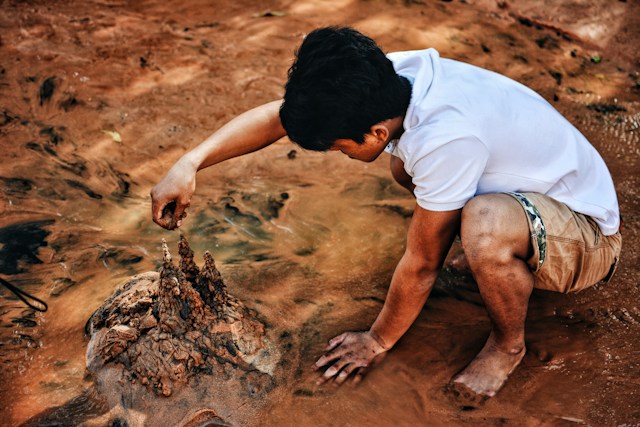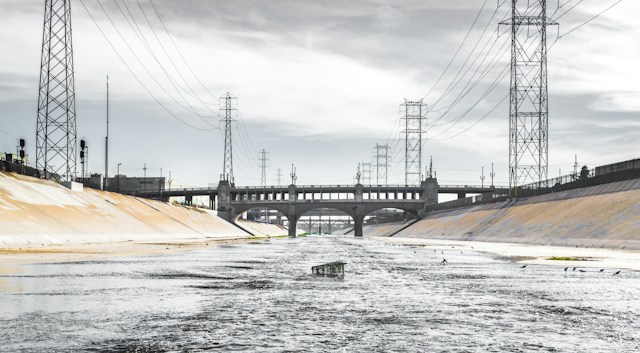BEL AIR—On February 6, the threat of flooding and mudslides continues, as residents navigate through damage and debris causing evacuations throughout our coverage area. As of 7:19 a.m. (PST) Flash Flood Warnings remain in effect for Santa Monica, West Hollywood, and Beverly Hills until at least 10:00 a.m. (PST).
KTVU’s Steve Paulson updated some of the rainfall totals as of February 6, at 7:15 a.m. (PST).
The Sepulveda Dam has a rain accumulation of 12.36.”
The Bel Air Hotel, 12.28”
The Cogswell Dam which is located within the Los Angeles National Forest has seen rainfall accumulations of 12.13.”
Woodland Hills, 11.98”
And Malibu Hills at 11.70”

A photograph posted on social media platform X depicts young people using a floating raft in the flood waters. Some children are playing in the rain or mud while others still have suffered great losses including the lives of at least three people and an unsurmountable amount of property damage.
On February 5, the Santa Monica Police Department warned motorists of the shutdown of the big inline in Santa Monica. Mudslides have been reported across Los Angeles County trapping vehicles in the mud.
According to the National Weather Service, California can expect one more day of rain before the storm system begins to move east.
According to the National Integrated Drought Information System (NIDIS) posted the following message on X:
“The Atmospheric River that came ashore in CA continues to drench SoCal. Other parts of the West may see inches of rain/feet of snow, especially the southwest. South/Southeast and N. Plains look very wet too.” One other post from five days ago addresses drought conditions.
“Drought coverage in the US has significantly dropped this winter. 19.7 percent of the US is in drought compared to 22.9 percent last week….” No mention of the impact recent rainfalls has had on their previous drought predictions.
Canyon News reached out to one of the government entities watching drought conditions for clarification to see if recent rainfall and flooding would solve the recent alleged water shortage. Environmentalists watching SOCAL drought conditions previously predicted that current drought conditions would result in water restrictions and a water crisis.
Jason Ince from the public affairs office of California Water Resources responded with the following message:
“Southern California has seen significant precipitation over the past several days, bringing the region’s precipitation total for the season close to average. The Sierra Nevada snowpack, which provides significant water supplies for Southern California, also received a significant bump over the past week, from just 52 percent of average on January 31 to 75 percent of average today. While still below average, the snowpack’s improvement is a positive sign for Southern California water supplies.”






